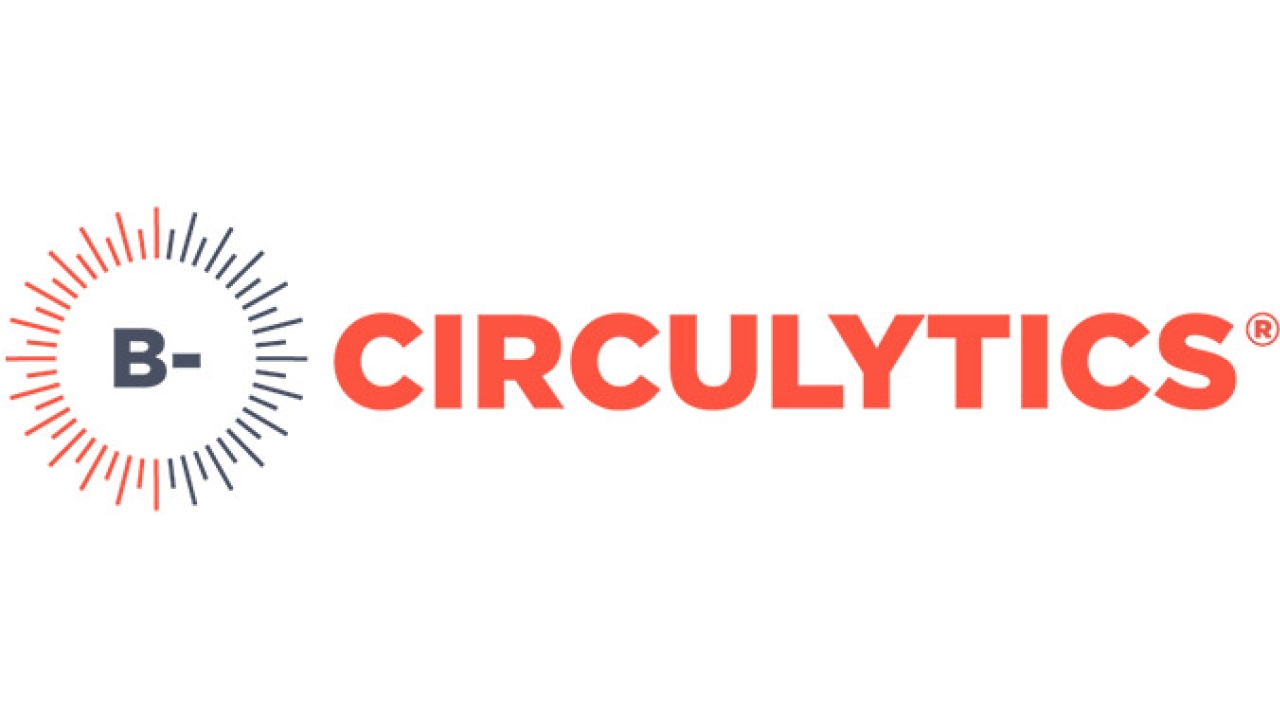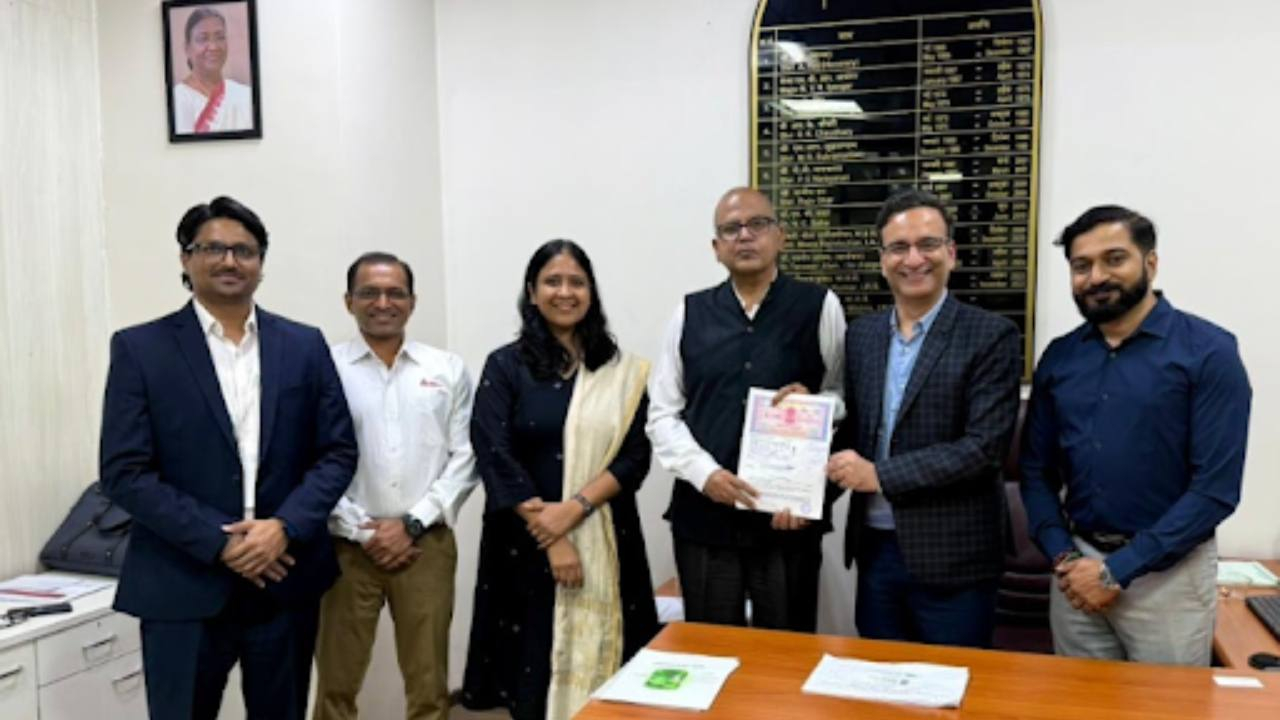UPM Raflatac improves circular economy performance
UPM Raflatac took part in the Ellen MacArthur Foundation’s Circulytics assessment for the second time, and with this year’s updated methodology, it received an overall score of B-. As the scoring was developed further from last year’s methodology, the new score is an improvement compared to the previous submission (C).

The score indicates that UPM Raflatac has made strides in enabling circularity through innovation and material sourcing, and with a strong vision for a decarbonized company. But it still has work to do in increasing the proportion of energy from renewable sources and scaling up the sourcing of non-virgin materials.
The Ellen MacArthur Foundation’s digital Circulytics tool gives companies comprehensive picture of their circular economy performance. By using company-level data and applying insights and analysis from the Ellen MacArthur Foundation, Circulytics helps to highlight opportunities for innovation and allow companies to track their progress.
According to the assessment, UPM Raflatac has succeeded in mapping out the materials sourcing of the entire product portfolio, which puts the company in a strong position to manage material choices. The report also noted that ‘The “Beyond fossil fuels” strategy provides a strong vision for a decarbonized company. It is important to ensure that this strategy goes beyond the aim of shifting to bio-based materials and goes into an actionable level of detail on how silviculture practices, product design, recirculation processes, and business models contribute to circular outcomes. It is promising to see that all innovations are evaluated according to sustainability criteria.’
Additionally, the report stated that ‘scaling up the sourcing of non-virgin materials should be a priority. UPM Raflatac’s existing label waste recycling service RafCycle offers a promising closed-loop solution, and scaling this would accelerate the company’s drive for material circularity.’ It will be crucial to collaborate with suppliers of the biobased alternatives to shift production of these materials from ‘sustainable’ to ‘regenerative’ in line with the Circulytics definition.
The report also went on to encourage the use of more renewable energy in the company’s manufacturing facilities. Currently, five of the company’s 10 factories around the world are fully powered by renewable electricity. Expanded renewable energy use is an ongoing target for UPM Raflatac’s Biofore Site initiative.
‘Going further we need to develop our capability to have hard data available in certain areas and that’s something we have been working on and developing and we still have work to do,’ says Ronja Dorairaju, specialist, Sustainability, UPM Raflatac.
Robert Taylor, sustainability director, participated in the sounding board developing the Circulytics tool and commented: ‘Circularity is core to our business strategy and the tool has provided a valuable insight into our performance and where we are on our journey. It was also rewarding to collaborate with industry colleagues to develop the methodology, share experiences and find new ways to tackle some common challenges.’
The Ellen MacArthur Foundation has launched the next Circulytics update to be released in October 2021, which will provide advanced functionality and a holistic look at an organization’s circularity.
Jarkko Havas, lead of Insight and Analysis at Ellen MacArthur Foundation, added: ‘UPM Raflatac has continued to participate in developing the Circulytics methodology and I am glad they can find value from completing the assessment. We look forward to seeing the next steps of UPM Raflatac's transition to a more circular way of doing business.’
UPM Raflatac is a signatory to The New Plastics Economy Global Commitment led by the Ellen MacArthur Foundation.
Stay up to date
Subscribe to the free Label News newsletter and receive the latest content every week. We'll never share your email address.

